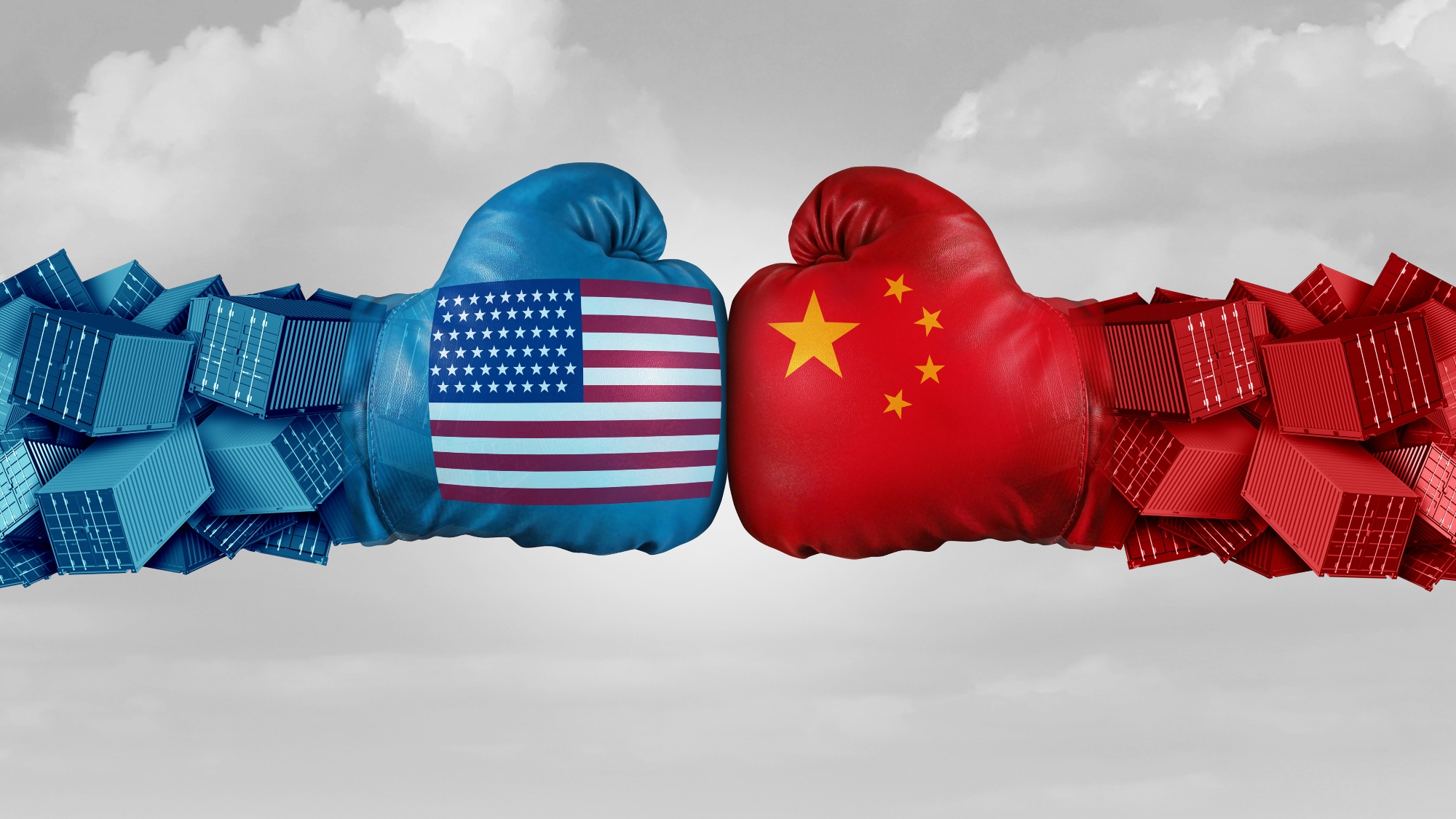China: The Next Frontier for Supply Chain Management
An academic colleague of mine who teaches at the China-Europe International University in Shanghai, Professor Linda Sprague, has been living in China and teaching university in Beijing for the last two years. She recently emailed me with some very interesting observations about what she has witnessed over that time, and I spoke with her last week at the Academy of Management meeting. Her letter to me follows.
You should plan to really visit China — quite a place at any time, extra “interesting” right now. And don’t worry about SARS! In Shanghai, we’ve had 2 deaths in a city of 17 million people, have an average of about 8 cases suspected/probable/in treatment at any time, are discharging people who’ve recovered regularly: 2/17,000,000 (P = .00000012) over nearly 6 months is not something I worry about. On the other hand, the likelihood of being run over by a taxi is real given the number new drivers let loose on the roads every week!
Within 2 miles of where I sit, Hitachi and Sony have major manufacturing operations which have been here for several years already and expand continually. Japanese auto manufacturers have been setting up production operations for some time, Volkswagen has a number of plants working (one which has been here for more than 15 years), GM has had world-class autos coming off their lines here for 4+ years and is now shipping engines made here back to North America. Dell, Cisco and Intel have operations in China’s interior and their suppliers have been establishing local supply for more than 2 years. While the West focuses on export data, Western manufacturers are selling successfully to the domestic market. The major aircraft manufacturers have been increasing their sourcing of parts within China for several years now (admittedly not without quality problems). The improvement in the supplier base in just the past two years has been remarkable.
Clearly, there is more to the story of POM activity in China than that suggested by Foreign Direct Investment figures published by the US Government!
Given the economic, social and political situation in China since the death of Mao Zedong, at least three selected time periods can be related to events within the country which have had an impact on manufacturing activity. It might be noted that China experts tend to place such programs as Reform and Opening Up, etc., into these three time periods of development:
Stage 1: 1978-1986,
Stage 2: 1987-1996,
Stage 3: 1997-2002.
Stage 3 is likely going to end in 2002 with the shift in regimes last fall; we are probably in the early days of Stage 4 now. There are also time blocks specifically tied to the deaths of Mao Zedong (1976), Deng Xiaoping (1997) and the “retirement” of Jiang Zemin (2002). See, for example, Brahm, Laurence J. and Stephen X.M. Lu, Re-engineering China, Naga, P.O. Box 10250, General Post Office, Hong Kong, 1999.
What should be – and what will be — the relationships between the Central Government, Provincial Governments and privatized manufacturing industry (including WOFEs) in the execution of the Supply-Chain-related strategies and programs described in The Tenth Five-Year Plan of China? (WOFE = Wholly-Owned Foreign Enterprises) This is the real question that we will need to consider soon.
For further reading and information on the future of China, the following texts are great summaries:
Anderson, Jonathan and Fred Hu, The Five Great Myths about China and the World, The Goldman Sachs Group, Inc., Hong Kong, 2003
Cai Fang, Wang Dewen and Du Yang, “Convergence, Divergence and Conditions: Explaining Regional Disparities in China”, China & World Economy, Number 2, 2002, pages 17-24
Cheng Siwei, Studies on Economic Reforms and Development in China, Oxford University Press, 2001
Gao Shangquan, The Second Revolution: Historic Changes in China’s Economic System, Joint Publishing (H.K.) Co., Ltd. 1998
Lardy, Nicholas R., China’s Unfinished Economic Revolution, Brookings Institute Press, Washington D.C., 1998
OCDE (Organisation de Coopération et de Développement Éconmiques), La Chine dans l’économie mondiale: les enjeux de politique économique intérieure, 2002
National Bureau of Statistics of the People’s Republic of China, “Statistical Communique of the People’s Republic of China on the 2002 National Economic and Social Development”, English translation published as an insert in the Beijing Review, March 13, 2003
Steinfeld, Edward S., Forging Reform in China: The Fate of State-Owned Industry, Cambridge University Press, 1998
The Tenth Five-Year Plan of China, New Star Publishers, Beijing 100 037, China, 2001.
- Categories:


